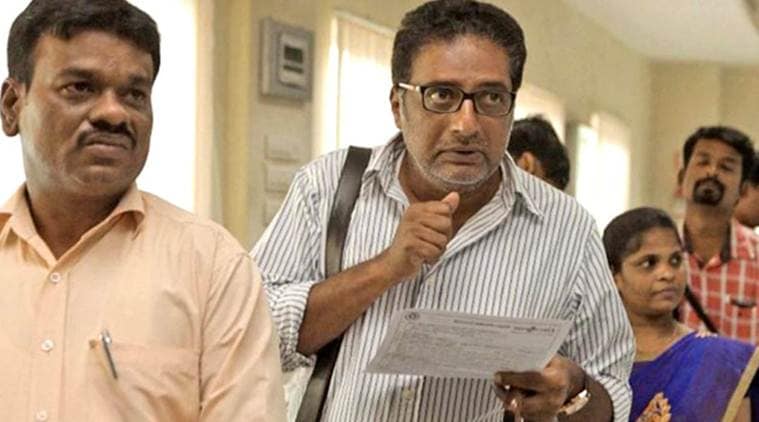 Sila Samayangalil works more as an awareness film in comparison to, say Aruvi, as it neatly gives small pellets of information.
Sila Samayangalil works more as an awareness film in comparison to, say Aruvi, as it neatly gives small pellets of information.
Sila Samayangalil (Sometimes) is one of the rare films that creates awareness in the most non-preachy way. Seven people, who all have to reasons to believe that they could be infected with HIV/AIDS, wait for their results together. But except for the ‘message card’ at the end (I will come back to this), the film’s writing is organically fluid. It takes its time to set-up and during this, there is a lot of ‘show and not tell’. We are first-hand witnesses to the discomfort our characters face to even admit that they are there for an HIV test.
The furtive glances, the defensive stances — Sila Samayangalil has the material to be a case study of the different ways to handle a predicament. You can choose to vent your frustration on unsuspecting victims (Sriya Reddy), choose to suffer in silence (Prakash Raj) or be prepared for the outcome (Ashok Selvan).
Sila Samayangalil works more as an awareness film in comparison to, say Aruvi, as it neatly gives small pellets of information. In Aruvi, the story was more about the aftermath. How she got the disease isn’t as important. However, SS makes that distinction. It puts us in a position to judge these characters. But the success lies in making us realise the complexity of human stories as well. The writing is ably carried by some really good performances led by Prakash Raj and Ashok Selvan. I was personally quite happy to see Ashok Selvan in a role like this one and here is hoping that we see him more often.
Sila Samayangalil was originally intended for a theatrical release and later, found its way to the voluminous Netflix archives. Probably this was the reason behind the baffling sound design, which was a little too audible. In the sanctity of a room and with earphones on, every bangle jingle, footstep, and even syringe sound is clearly audible. A minor price to pay for a film that works on so many other counts.
Sila Samayangalil also made me wonder about the ‘message card’ syndrome that Kollywood seems to be suffering from in recent times. Somehow our filmmakers feel the need to explain their films with a message card at the end of the film, streamlining the myriad perspectives of the films they make. After Sarjun’s Maa, Karthik Subbaraj’s Mercury, AL Vijay’s Diya, I positively let out a groan for seeing the end film card. Well-intentioned for sure, but why do we need statistics to validate what the movie makes us feel? And as someone who loves to chew up upon the different angles of a film, the explanation is sure a dampener.
For me, Mercury was about the ‘wrong wars’ we fight. Diya made me think the complex right to choice — the mother’s choice was ignored as her wellwishers decided an abortion would be better for her future. The conundrum was beautiful — do you crucify the parents for doing what they thought was best or give the mother the unconditional right to decide, even if she chooses to take the hard way out?
Sila Samayangalil, for me, was not just about HIV. It was about the solace we sometimes find in strangers, about the complex nature of our species and our problems and the uncharacteristic decisions we tend to take sometimes. Sila Samayangalil — the film couldn’t have found a better name.